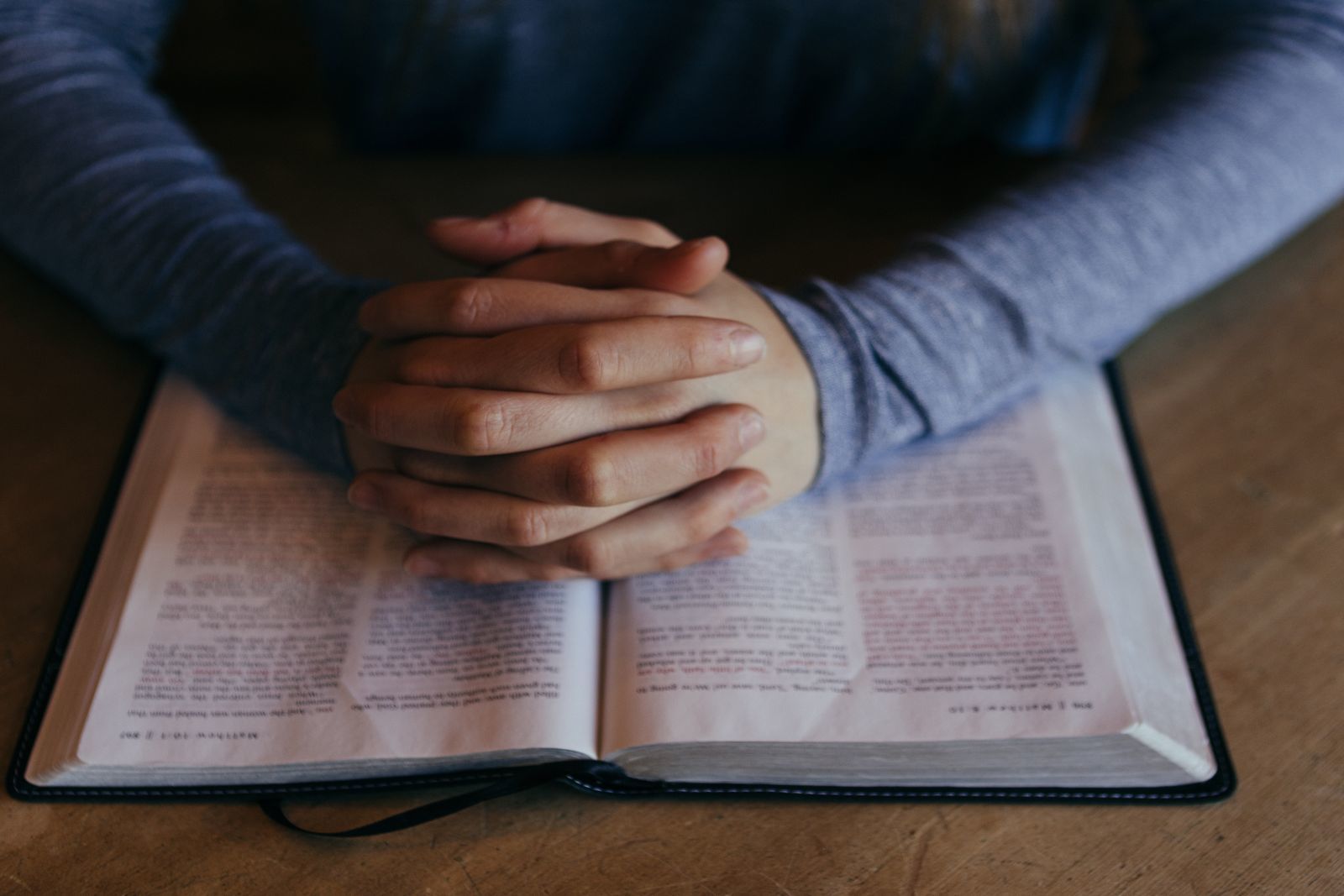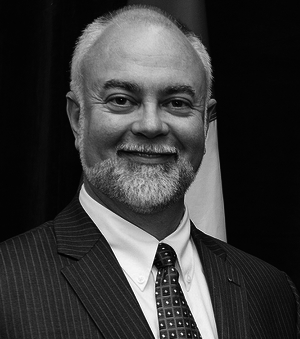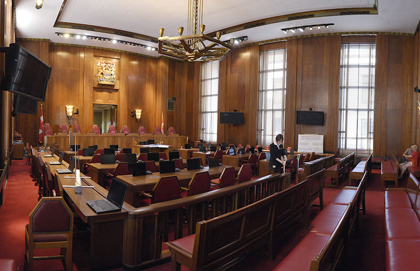On almost the same day in 2015 that Leonardo DiCaprio was describing a southern Alberta chinook to Variety.com as a “terrifying” experience of climate change, a human rights complaint was filed that would bring a late spring chill to several schools in the northern part of the province eighteen months later.
This June, for the first time since Alberta joined Confederation in 1905, and the new Pembina Hills school division was established in 1995, students at several schools will face their final exams without first sharing together in the Lord’s Prayer.
Canada is a nation with roots planted firmly in the acceptance and accommodation of religious differences, largely between the French Roman Catholic Church and English Protestant Churches, from well before Confederation. At Confederation, the protection of religious practices, particularly in school systems for minority religions in the four original provinces, was included in the British North America Act (now called the Constitution Act, 1867). Similar concern for religious practices was given consideration as each successive province joined the expanding Dominion of Canada.
When Alberta was carved out of the Northwest Territories in 1905, the Alberta Act was grafted to Canada’s constitution as an amendment. In an interesting constitutional twist, the Alberta Act references the Ordinances of the Northwest Territories, which include the School Ordinance, 1901. Section 137 of the School Ordinance permits local school boards to authorize the opening of the school day with the Lord’s Prayer, with other religious instruction permitted in the final 30 minutes of the day’s class time. Section 138 provides that students may leave the classroom during these religious expressions if their parents so desire. That is how three of the Pembina Hills Public School Board schools functioned until last week when efforts to resolve the complaint filed in late 2015 came to a halt.
A friend asked me if I thought this decision of the school board was an indication of “Saguenay chill.” It’s worse than that.
The concept of “Saguenay chill” refers to the 2015 decision of the Supreme Court of Canada in Mouvement laïque québécois v. Saguenay (City) . In its reasons, the Court reinforced the concept of State neutrality, i.e. government not favouring one religion over another through practices such as opening city council meetings with the Lord’s Prayer, as was the case in Saguenay. The Court decided a State authority, such as a city council or school board, “cannot make use of its powers to promote or impose a religious belief.”
Saguenay chill, then, is the fear of a public body doing anything that might be perceived as endorsing a religious community, particularly Christianity.
The constitutional guarantee of freedom of religion found in section 2(a) of the Canadian Charter of Rights and Freedoms, and corresponding state neutrality as discussed in the Saguenay case, conflicts with the School Ordinance guarantee, annexed to and thus part of the same Canadian Constitution, which provides Pembina Hills public schools freedom to behave exactly as they were behaving: opening each school day with the Lord’s Prayer.
There is a Constitutional convention that one part of the Constitution cannot cancel out another part, in this case the Charter cannot cancel out the specific provision that permits a behaviour that might otherwise be found to be in contravention of the Charter. In fact, the Supreme Court decided a case on point in 1987, commenting on the very section 93 of the Constitution Act, 1867 that would be at issue for Pembina Hills, Reference re Bill 30, An Act to Amend the Education Act (Ont.).
The Pembina Hills school trustees took appropriate steps to survey community opinion after the complaint was brought to the board’s attention. Parents were overwhelmingly in favour of keeping the prayer. At that point, a 2004 decision of the Supreme Court should have come into play. In Chamberlain v. Surrey School District No. 36, the Court presented the proposition that “everyone has ‘belief’ or ‘faith’ in something, be it atheistic, agnostic or religious. To construe the ‘secular’ as the realm of ‘unbelief’ is therefore erroneous.”
The Court then asked itself: “Given this, why, then, should the religiously informed conscience be placed at a public disadvantage or disqualification?” Answering: “To do so would be to distort liberal principles in an illiberal fashion and would provide only a feeble notion of pluralism. The key is that people will disagree about important issues, and such disagreement, where it does not imperil community living, must be capable of being accommodated at the core of a modern pluralism.”
The weight of the Constitution, the Court and parents were on the side of retaining the school day’s opening prayer.
But lawyers have a penchant for debating the Court’s decisions no matter how many times it may repeat, reinforce, or reaffirm the Constitutional principles concerned. And the decisions of human rights tribunals are notoriously inconsistent with those of the Supreme Court of Canada, which is why similar cases keep making their way back into the system. Those that reach the top court most often result in similar decisions to the earlier cases, but occasionally – and this is what gives argumentative lawyers their motivation – an earlier decision is overturned.
The chill in Pembina Hills is more insidious than a “Saguenay chill.”
It is the chill of a system in which the cost of fighting for principle in a Constitutional legal battle is astronomical, and might have to be repeated a few years later. We’re seeing an example with Trinity Western University being forced back to the Supreme Court this fall on its proposal to open a law school after winning the right to open a teachers’ school in almost identical circumstances in 2001, Trinity Western University v. British Columbia College of Teachers).
It is the chill of a system in which those who file a human rights complaint instantly has the resources of the government funded human rights support mechanism freely at their disposal. Respondents to the complaint, on the other hand, are faced with paying their own lawyers’ fees.
It is the chill of a system in which an evident anti-Christian animus drives a significant number of lawyers. Many of them have formed organizations specifically for the purpose of Constitutional challenges, including repeatedly contesting the Supreme Court’s broad definition of religious freedom. Often these groups have been able to access funding through the Court Challenges Program of Canada, a federal government funded program designed for just such constitutional challenges. The defendants in this legal jousting pay their own bills.
It is a chill invoked by those whose “belief” or “faith,” as noted by the Supreme Court in 2004, is in atheism when they demand conversion of the public experience of everyone else by decrying all religious expression in public spaces, at public events and in public schools.
Even if the Pembina Hills School Board were convinced it could win, as the Constitution and past decisions of the Supreme Court might suggest, trustees ultimately decided that the financial cost of the Lord’s Prayer was just too high for them.
It has been said that “as long as there are final exams there will be prayer in schools.” This June, however, students in the Pembina Hills school district won’t do so as a community, starting their day together with the Lord’s Prayer. Instead, each day will begin with a bit of chill in the otherwise warm late spring air.
Don Hutchinson, B.A., J.D., is the author of Under Siege: Religious Freedom and the Church in Canada at 150 (1867-2017) and principal of Ansero, facilitating Christian partnering for religious freedom. He spent fifteen years in leadership with The Salvation Army before serving with The Evangelical Fellowship of Canada as General Legal Counsel, Vice-President and Director of the Centre for Faith and Public Life and then interim CEO of the Canadian Bible Society.
Convivium means living together. Would you join us in continuing to open and extend the conversation? Do you know someone who would enjoy this article? Send it to them now. Do you have a response to something we've published? Let us know!






